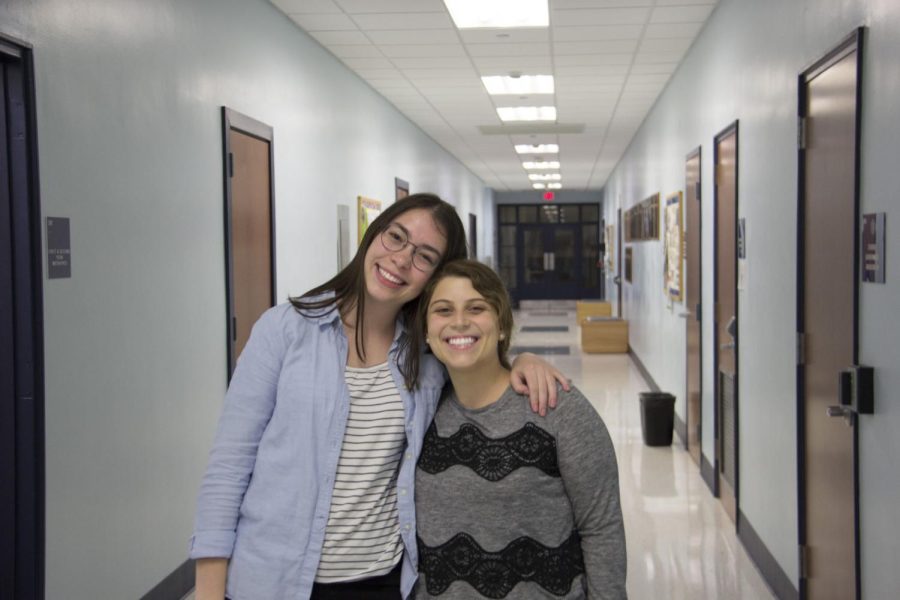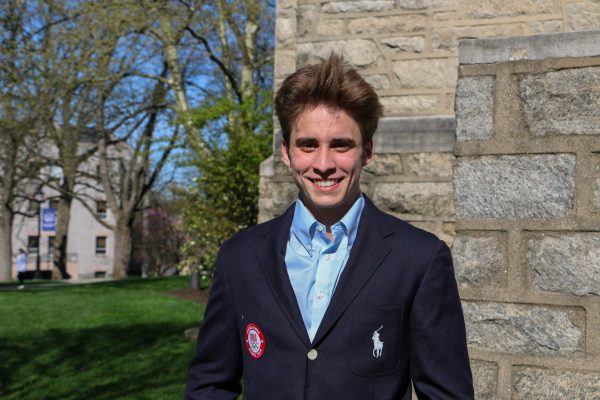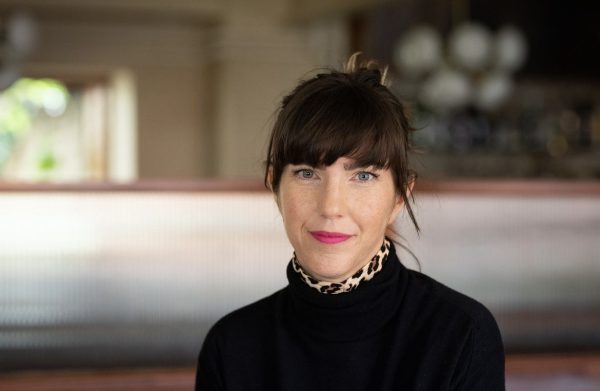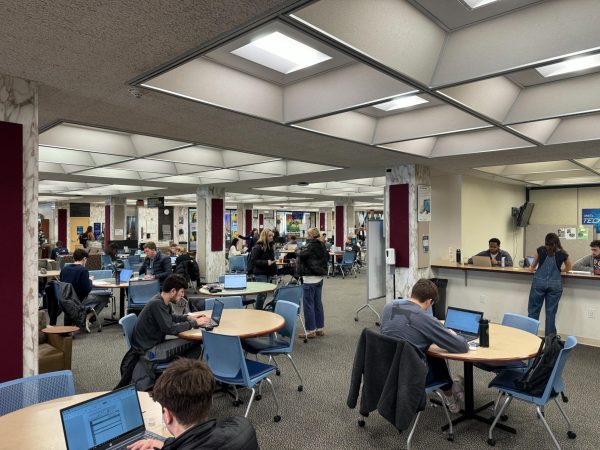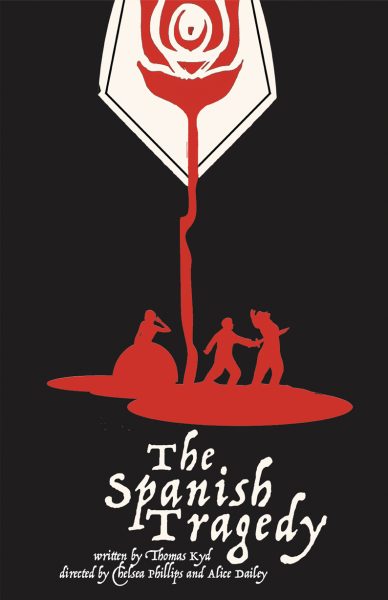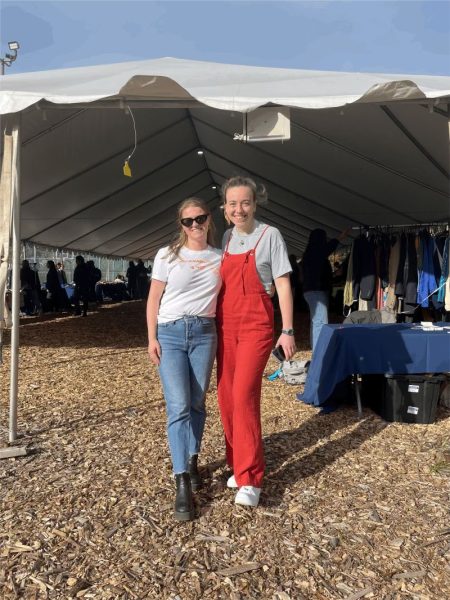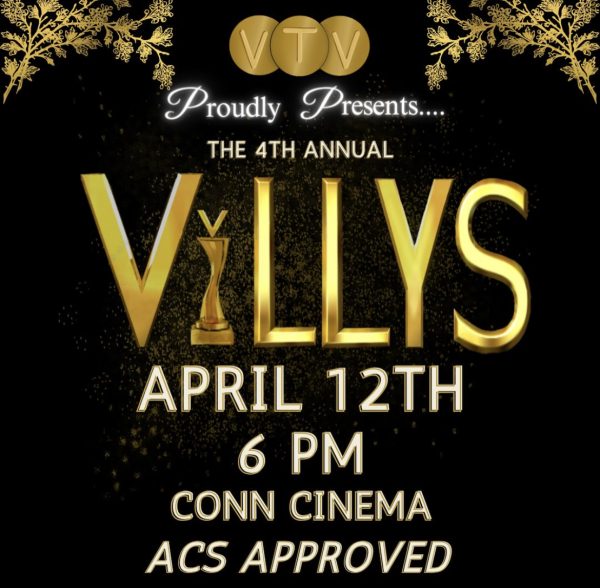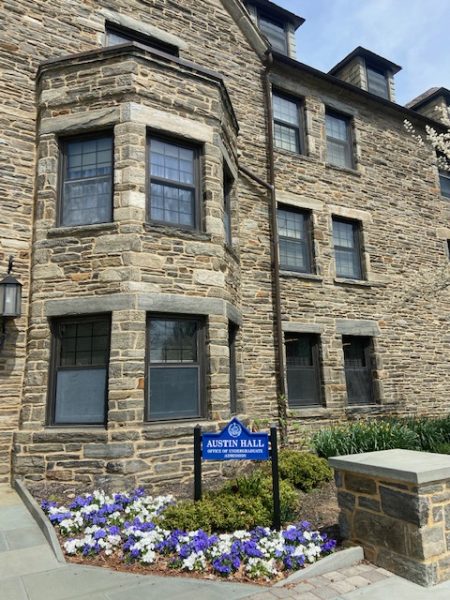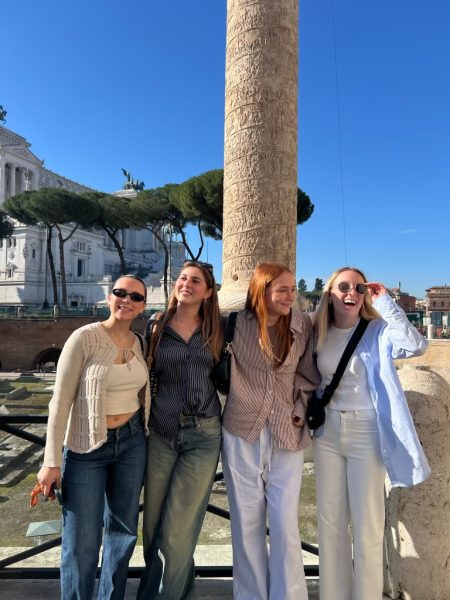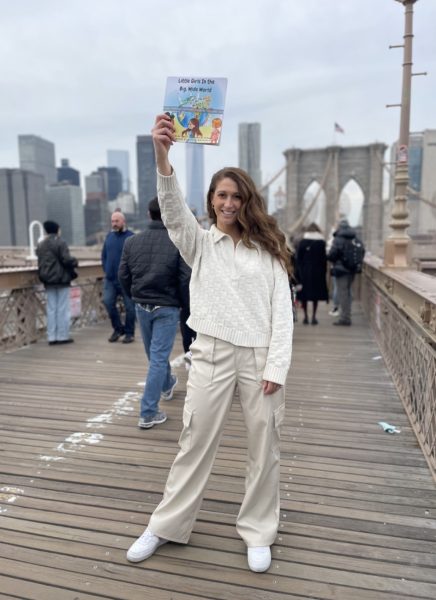Students launch audio series celebrating Univ. women
March 28, 2017
Sophie Pizzi ’17 and Claire Hoffman ’18 recently launched their audio series, entitled “The 52 percent,” for The Villanovan. They discussed their goals for this project and the challenges they have overcome.
Sarah Nam: What is the inspiration behind the name “The 52 Percent”? When did it start and how did you come up with the idea?
Claire Hoffman: For me, this project really began two summers ago when I was looking through old copies of The Villanovan. I found this article from 1950, where this guy talked about how women really shouldn’t be in college and that really got me interested in the history of women at Villanova and in the idea of doing a project on it. I had pocketed it though, until Sophie, who worked for Vatican Radio and has a killer background in working with audio, and I started talking about doing something like a podcast for The Villanovan. We’re calling it “The 52 Percent” as a nod to the current undergraduate gender ratio at Villanova, which is 52 percent women.
Sophie Pizzi: When Claire showed me the original Villanovan article from 1950, I was hooked. I think we both knew the story had depth and a lot of room for creativity in terms of production. We sat in a coffee shop one day in February and decided to jump right in, requesting what felt like 100 interviews. We held off on the title until the very end too, because it took us a while to figure out exactly what it was we were making. We knew the podcast would include the past, present and future of women at Villanova, but we didn’t see it as a celebration of where we are today until more recently.
SN: What do you hope to accomplish through this project?
CH: I think we just want to tell the story that really hasn’t been told yet. We just celebrated our 175 year anniversary, but women haven’t been students for 111 of those years. That’s whack. We call the female students and faculty who were here in the 50s, 60s and 70s, pioneers in Episode I, and I think that’s so fitting. We just want them to get the credit and attention they deserve.
SP: Along with that, we also hope to open new doors for The Villanovan and its use of multimedia.
SN: Who have you talked to so far, and who else do you plan to reach out to for this project?
CH: So in Episode I, we spoke to the Dean of the College of Nursing, Dr. Louise Fitzpatrick. She was really great in getting the history of the College of Nursing, which was key because it was the first school on campus to enroll women. We also spoke to one of those first women, Dr. Rosalie Mirenda, who told us all about her experiences as a student. Then we spoke to Dr. Barbara Wall, who is currently the Vice President of Mission & Ministry here, but started at Villanova in 1970 as a philosophy professor. All doctors. All brilliant and just awesome people.
SP: For future episodes, we’ve reached out to some other female pioneers on campus too. I spoke with an Assistant Dean in the College of Engineering and the Dean of VSB, who both shared really interesting perspectives on gender disparities within their given expertises. We also reached out to female student leaders on campus, so I’m excited for students to hear from their peers too.
SN: What was the most interesting or surprising thing you have heard from a woman you have interviewed?
CH: It’s not from a woman, but we spoke to Father Peter and we asked him if a woman could ever be president of the University. I won’t tell you what the answer was because I want you to listen when that episode comes out, but it was absolutely fascinating, and to have it on the record I think means a lot for the University.
SP: Dean Russell had a lot of interesting things to say about the gender disparities in business today. We touched upon intersectionality, too, which I think is important to remember when talking about women’s experiences. She quoted an article about the wage gap in terms of gender and ethnicity, and how researchers found that for white women, closing that gap is much closer in the future than for hispanic or black women.
SN: What challenges have you faced and what challenges do you anticipate? How will you overcome these challenges?
CH: We actually had a whole different concept and mood for the project, with different music and everything, that we eventually scrapped. It was a little too snarky, which is entirely my fault because Sophie is everything good and doesn’t have a snarky bone in her body. I think the challenge in big projects like these is that you can have an idea of what the narrative is going to be, and then you sit down with the people, and the story is just not what you thought it would be.
SP: Well, I’m a little guilty, because I’ll admit the “snarky” draft was fun at first. Upbeat music, sassy quotes. But changing it felt like we were telling the story so much more accurately, which is really our job as journalists. So that was definitely our biggest hurdle so far. Another challenge I anticipate is differentiating “the present” and “the future” for our next two episodes because almost all of our interviews touched upon both. I think in order to overcome this, we have to ask critical questions about the content we have and be open to using the same sources in both episodes.
To listen to the first episode of The 52 Percent, click here.

